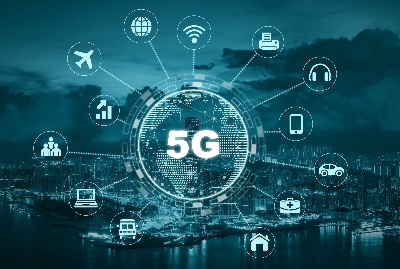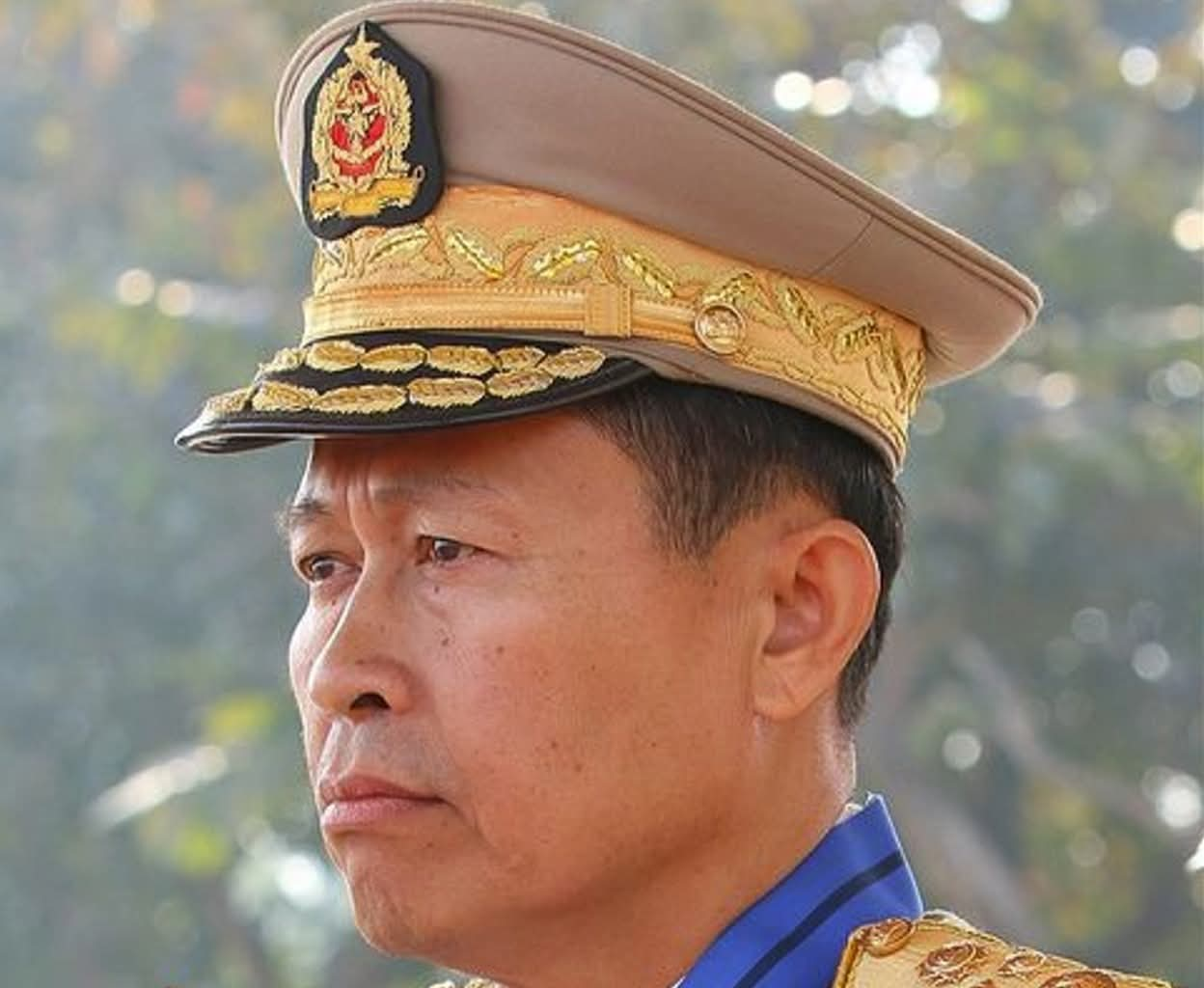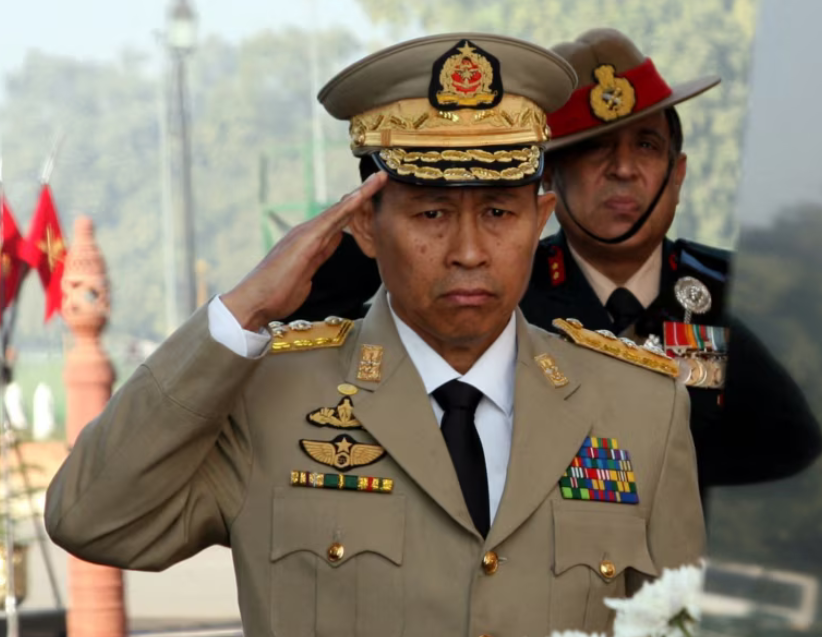
The variability in 5G implementation around the world is influenced by a multitude of factors that lead to differences in how quickly and effectively countries and regions deploy this advanced technology. Here are the key areas contributing to this variability:
### 1. **Economic Resources**- **Investment Capability**: Wealthier nations or those with financially robust telecom providers tend to roll out 5G more quickly due to better access to capital for necessary infrastructure projects.






– **Public Funding**: Some countries leverage government initiatives or public-private partnerships to bolster investment in telecom infrastructure, accelerating deployment.
### 2. **Infrastructure Readiness**
– **Existing Telecommunications Infrastructure**: Countries with an established and modern 4G network can more easily transition to 5G. Conversely, those with outdated systems face greater obstacles and costs in upgrading.
– **Geographical Challenges**: Topographical features (mountains, deserts, rural areas) can impact how effectively networks are built and the cost of laying new infrastructure. Urban areas are typically prioritized for rollout.
### 3. **Regulatory Environment**
– **Spectrum Allocation**: The speed and efficiency with which governments allocate spectrum for 5G usage can vary significantly. Prompt allocation allows telecom operators to deploy services faster.
– **Regulations and Licenses**: Countries with streamlined regulatory processes will experience quicker deployment than those with burdensome licensing requirements.
### 4. **Market Dynamics**
– **Competition**: In markets with multiple telecom operators, competition can drive quicker and more innovative 5G deployments. Companies will strive to offer better services to gain market share.
– **Consumer Demand**: In areas where consumer demand for high-speed mobile services is high, telecom companies are more likely to invest in 5G technology.
### 5. **Technological Ecosystem**
– **Device Availability**: The presence of 5G-enabled devices (such as smartphones and IoT gadgets) is essential for adoption. Regions with a broad range of available devices tend to see faster consumer uptake.
– **Application Development**: The growth of applications that can leverage 5G capabilities—such as augmented reality, IoT solutions, and smart city technologies—can stimulate demand and drive implementation.
### 6. **Global Geopolitical Factors**
– **National Security Issues**: Concerns surrounding national security can impact the choice of equipment and telecom partners, influencing rollout speed and scope. For example, the exclusion of certain vendors can delay implementations.
– **Trade Restrictions**: Geopolitical tensions, particularly between major powers, can hinder the flow of technology and investment, affecting countries caught in the middle.
### 7. **Public Perception and Education**
– **Health Concerns**: Misconceptions regarding the health effects of 5G technology can create public resistance in some regions, leading to slower rollout and deployment.
– **Awareness Campaigns**: Effective public education about the benefits of 5G can foster acceptance and spur demand for faster rollout in various communities.
### 8. **Leadership and Government Strategy**
– **National Policy**: Countries with proactive digital transformation strategies and supportive government policies often achieve faster implementation.
– **Innovation Hubs**: Nations fostering tech innovation through initiatives, grants, or research funding encourage the development and adoption of 5G technology.
### Examples of Implementation Variability
– **Leading Regions**: Countries like **South Korea** and **China** have made substantial investments in 5G infrastructure, resulting in extensive coverage and rapid commercialization.
– **United States**: Although the U.S. is a leader in 5G development, the rollout is uneven, with urban areas leading while rural locations lag behind.
– **Europe**: The EU is experiencing varied success, with nations like **Germany** and the **UK** advancing rapidly, while others face hurdles in regulatory processes or investment.
– **Developing Countries**: Many developing nations are still focusing on expanding their 4G networks and basic internet access. The rollout of 5G in these locations is often slow, hindered by financial limitations and infrastructure challenges.
### Conclusion
The variability in 5G implementation globally is driven by a complex interplay of economic, regulatory, technological, and social factors. As countries navigate these challenges, the pace and extent of their 5G deployments will likely continue to diverge, shaping different technological landscapes and opportunities for innovation. As the global digital ecosystem evolves, addressing these disparities will be critical for leveraging the full potential of 5G technology.


Leave a Reply